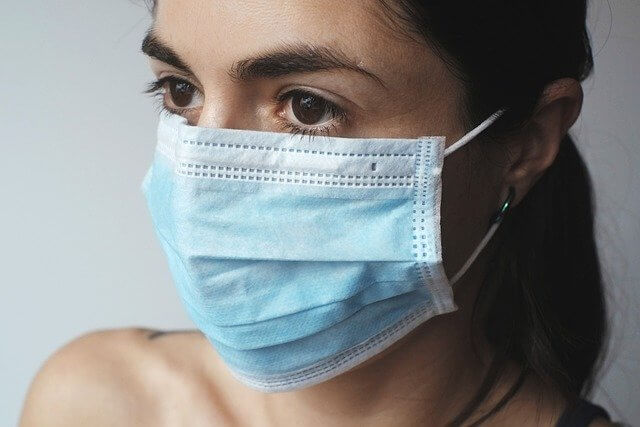The COVID-19 crisis continues to have a significant impact worldwide more than two years after it began. And while there are undoubtedly evolving challenges associated with the pandemic, there are also examples of positive developments spurred on by the necessities of this situation.
Pulmonary care, in particular, has been reshaped and revised in order to accommodate coronavirus treatment and empower both medical practitioners and patients alike. Here’s a look at how the field of pulmonology in particular has grown and changed during the pandemic.
Increased patient engagement allows for better outcomes
Part of the problem in providing care to patients is that a certain level of education and understanding is required on their part to deliver the best outcomes.
Thankfully, the pulmonology PROMs (patient-reported outcome measures) in the wake of the respiratory-focused pandemic have been enhanced significantly.
People are simply more aware of the risks they face, and the signs and symptoms of diseases like COVID-19, which in turn means that physicians and researchers can rely on them to take the reins of their own health, working with them more efficiently.
The process of battling the virus has involved a lot of data collection, and patients have played a vital role in this.
From taking tests and tracking their movements to participating in vaccine trials, people are simply more at home with being proactive about public health. It will be interesting to see how this impacts the outbreaks of other maladies in the future.
Infection mitigation strategies have been overhauled
One of the major barriers to battling the pandemic in the early days, weeks, and months was working out how it was being spread.
Previously it was assumed that the kinds of diseases which affect the respiratory system tend to be limited in their scope of infectiousness due to being confined to larger droplets emitted when we breathe.
With COVID-19, it became apparent that smaller droplets were also prone to provide a mechanism of transference. Thus the need for a combination of mask-wearing and the use of ventilation arose as the main strategy for reducing risks of infection, especially in public places.
Furthermore, because people have been taking precautions to stop the spread of the coronavirus, this has led to a dramatic drop in the instances of other respiratory issues.
Even people with pre-existing conditions have been reporting fewer flare-ups since the spaces we share with others have never been more free from potentially problematic particles.
This feeds back into the idea of public health awareness being good for everyone, and the sense of shared responsibility for protecting one another assisting the most vulnerable members of society.
Social norms have shifted
Following on from the discussion of how experts are getting a better understanding of how respiratory diseases spread, and how this research has impacted public policy and societal behaviours, it is also worth thinking about the broader implications of the pandemic in the long term.
While in the past lots of regions of the world had little to no understanding or acceptance of mask-wearing, this is not the case any longer.
So people who have either respiratory issues or a compromised immune system will both understand the need to wear masks in public in the future even after the threat of COVID-19 has receded, as well as feeling comfortable doing so because the sight of a masked person is not an unusual one.
The horrors and fallout of the pandemic look set to continue for some time yet, but hopefully, you now understand that we are all learning lessons from it, and will be better protected in the future as a result. 



















